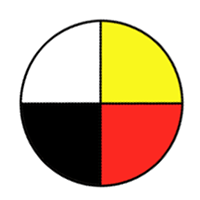Draw conclusions about the characteristics and physical properties of sound, including pitch and loudness, based on observation.
| (a) |
Pose questions about the characteristics of sound (e.g., Why are some sounds louder than others? Why do sounds sound different? Why are some locations noisier than other locations?). |
| (b) |
Recognize and demonstrate that sound energy originates from vibrating objects (e.g., larynx, tuning fork, radio speaker, and musical instruments). |
| (c) |
Compare how sound vibrations travel differently through solids, liquids, and gases such as air. |
| (d) |
Differentiate between the loudness of various sounds, as measured in decibels. |
| (e) |
Compare the ability of different materials to absorb and reflect sounds of varying pitch and loudness. |
| (f) |
Compare the ability of self and others to hear sounds of various pitch and loudness. |
| (g) |
Compare the characteristics (e.g., construction and method of vibration) of string, woodwind, brass, and percussion instruments to determine how they make sound. |
| (h) |
Rephrase questions about pitch and loudness into a testable form. |
| (i) |
State and test a prediction about how the pitch and loudness of a sound can be altered. |
| (j) |
Design and construct a device such as a musical instrument which has the ability to create sounds of variable pitch and/or loudness. |
| (k) |
Suggest improvements to enhance the effectiveness of a device such as a musical instrument which has the ability to create sounds of variable pitch and/or loudness. |
| (l) |
State generalizations about the physical characteristics of sound, including pitch and loudness, learned through observation. |




The book includes suggested activities, a table of contents, a glossary and an index.







